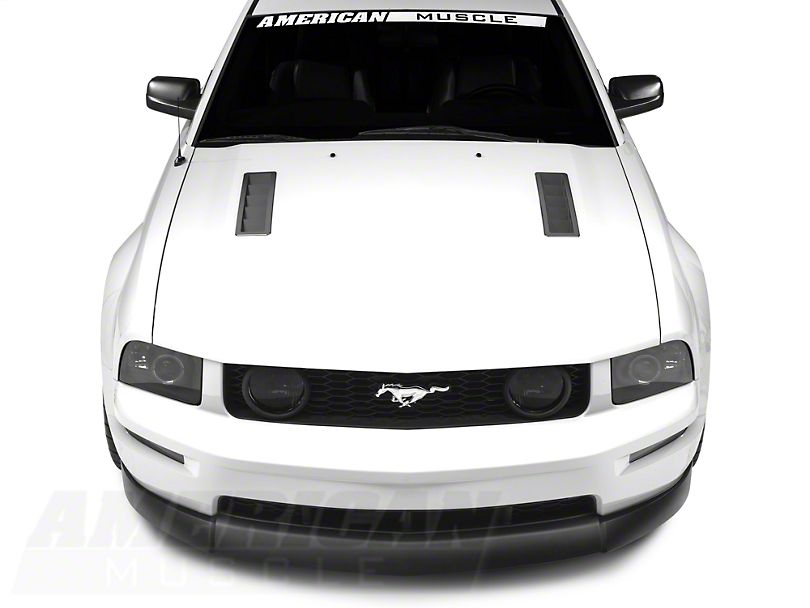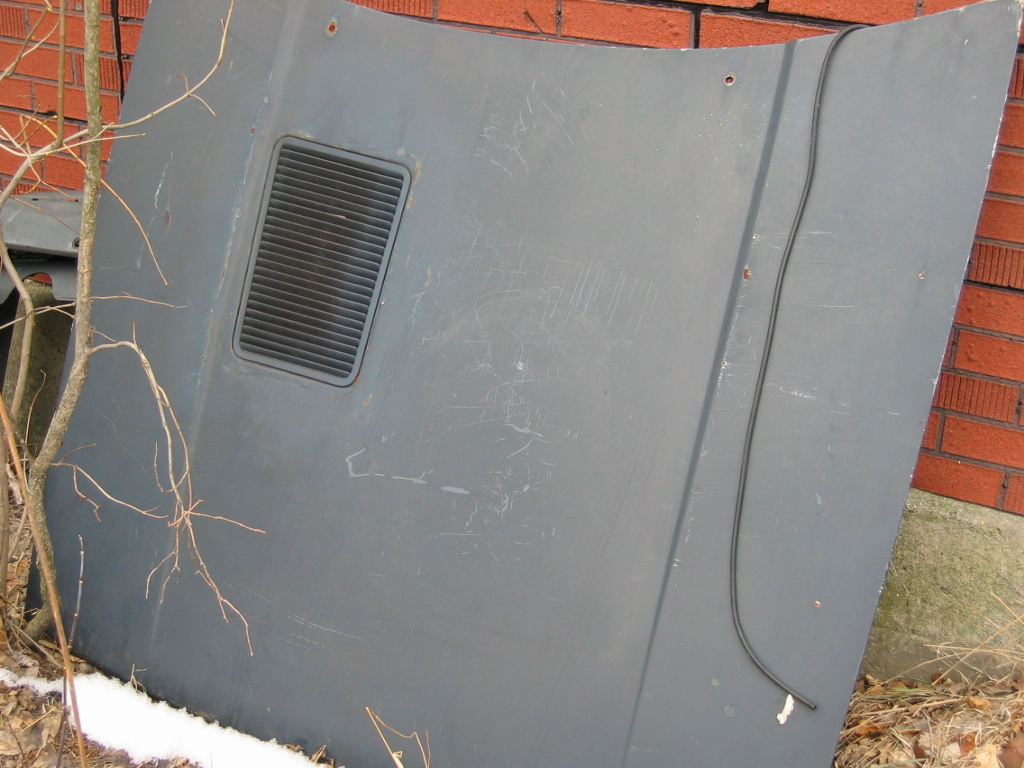90volvo
Active member
- Joined
- May 27, 2017
- Location
- Eldorado Springs Mo.
Running a 19t on 90plus manifold in a 240. Anyone come up with any ideas of a vent on the hood that looks good? On muscle cars they would raise the back of hood a couple of inches. Not sure if that would look right on a 240? Any ideas? Or pics?






